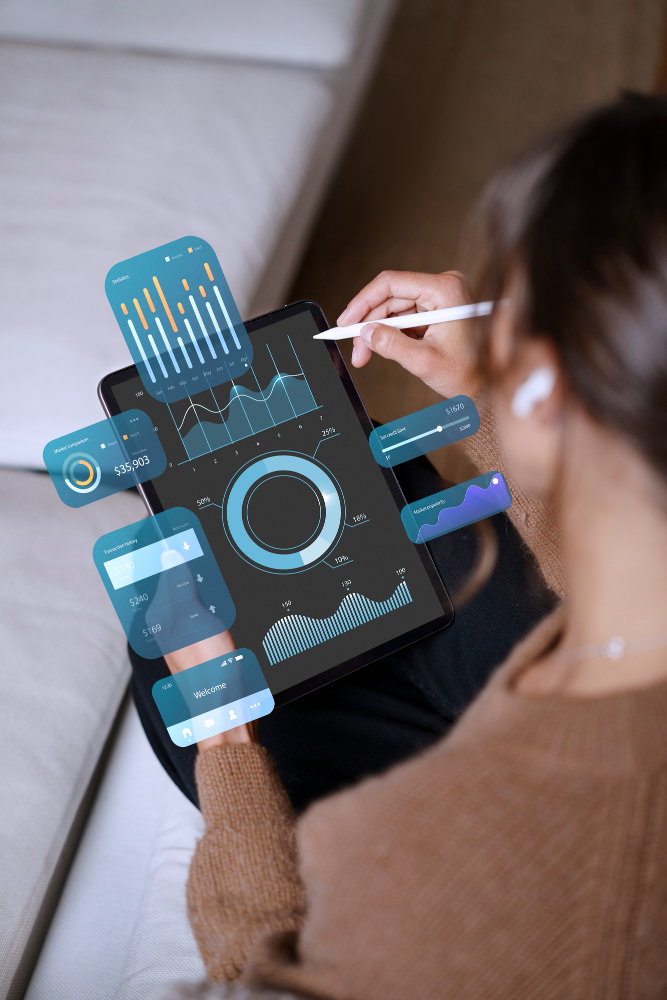In the competitive world of retail, delivering excellent customer service and optimizing sales strategies are top priorities—but none of it is possible without a secure environment. Retailers face a growing number of security challenges, from shoplifting and internal theft to vandalism and organized retail crime. As traditional surveillance systems struggle to keep pace with evolving threats, technology has stepped in with a powerful answer: video analytics in retail industry.
Video analytics, powered by artificial intelligence and computer vision, is transforming static surveillance cameras into intelligent monitoring systems. These smart solutions analyze video feeds in real-time, identifying suspicious behavior, triggering alerts, and helping store managers take preemptive action. In doing so, video analytics is not only enhancing store security but also redefining how retailers approach loss prevention and risk management.
Turning Cameras into Smart Security Tools
Conventional CCTV systems record vast amounts of footage, which typically go unwatched unless a specific incident needs investigation. This reactive approach means most issues are only addressed after damage is already done. With video analytics, cameras evolve from passive recorders into active participants in the store’s security strategy.
Modern video analytics software scans visual data in real-time, identifying patterns and anomalies based on pre-defined rules. For instance, if someone lingers too long in a high-risk area or attempts to access restricted zones, the system can immediately notify security personnel. These real-time alerts help prevent incidents before they escalate, offering a layer of proactive defense that traditional systems lack.
Monitoring Customer Behavior for Threat Detection
Video analytics doesn’t just monitor for theft; it interprets behavior. In a retail environment, behavior analysis is crucial. Loitering, frequent returns to the same shelf, or unusual movement patterns near exit points can all indicate suspicious intent. These systems use algorithms trained to recognize such behaviors and can automatically flag individuals whose actions deviate from the norm.
This form of behavioral detection allows for early intervention. A store employee or security guard can approach the individual under the guise of assistance, deterring potential theft without confrontation. The psychological impact of knowing one is being monitored—and that suspicious behavior will be noticed—can significantly reduce in-store crime rates.
Facial Recognition and Watchlist Alerts
In locations where regulations permit, facial recognition can be layered into video analytics to add another level of security. Repeat offenders or known troublemakers can be added to a watchlist. Once a person from this list enters the premises, the system identifies them in real time and alerts staff discreetly. This allows for preemptive action before any wrongdoing occurs.
This application is particularly useful in retail chains or shopping malls where past offenders might target multiple locations. By synchronizing systems across stores, managers can maintain consistent vigilance, regardless of where a threat arises.
Staff Monitoring and Internal Theft Prevention
While external threats are a concern, internal theft remains a significant source of revenue loss in the retail industry. Employees with access to cash registers, stockrooms, or inventory systems can manipulate records or take products undetected. Video analytics can mitigate this by keeping a close eye on employee activities during key operations.
Systems can be configured to monitor cash handling, backdoor activity, or even the opening and closing of high-value storage. Any irregular activity, such as unauthorized access or deviation from standard procedure, is flagged in real time. The presence of such monitoring not only helps catch incidents but also acts as a deterrent for potential misconduct.
Enhancing Night-Time and Off-Hours Security
Retail stores are particularly vulnerable during non-operational hours. Whether it’s break-ins, vandalism, or unauthorized access, traditional alarm systems often lack the contextual awareness needed to distinguish between a real threat and a false alarm. Video analytics fills this gap by providing intelligent surveillance that interprets activity based on timing, location, and behavior.
For example, movement in a normally inactive area during off-hours can trigger an automatic alert. Coupled with motion tracking and video storage, this footage can be instantly reviewed or sent to off-site security teams. In some systems, alerts can be sent directly to mobile devices, enabling store owners or managers to assess the situation from anywhere in real time.
Real-Time Dashboard and Centralized Control
A major advantage of using video analytics in retail industry settings is centralized control and reporting. Many systems provide real-time dashboards where security personnel can monitor multiple stores or cameras from a single interface. These dashboards not only display live feeds but also highlight alerts, suspicious activities, and incidents with time-stamped video snippets.
This kind of operational oversight is invaluable for retail chains. Security managers can enforce uniform security standards across locations and conduct virtual audits based on stored analytics. Over time, this data can be used to identify high-risk zones, repeat patterns, or time periods when incidents are most likely to occur.
Future of Security in Retail
As technology continues to evolve, video analytics will become even more advanced—offering capabilities like predictive analytics, where systems anticipate potential threats based on environmental cues and historical patterns. Combined with AI-driven automation, the future promises smarter, faster, and more efficient security management systems that adapt dynamically to new challenges.
In today’s retail landscape, where margins are tight and customer experience is paramount, every decision counts. Investing in smart surveillance solutions powered by video analytics is not just a technological upgrade—it’s a strategic move toward a safer, more resilient retail operation.


